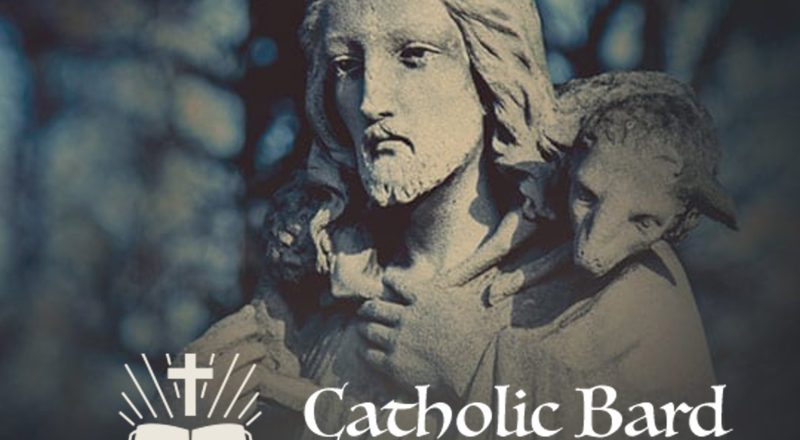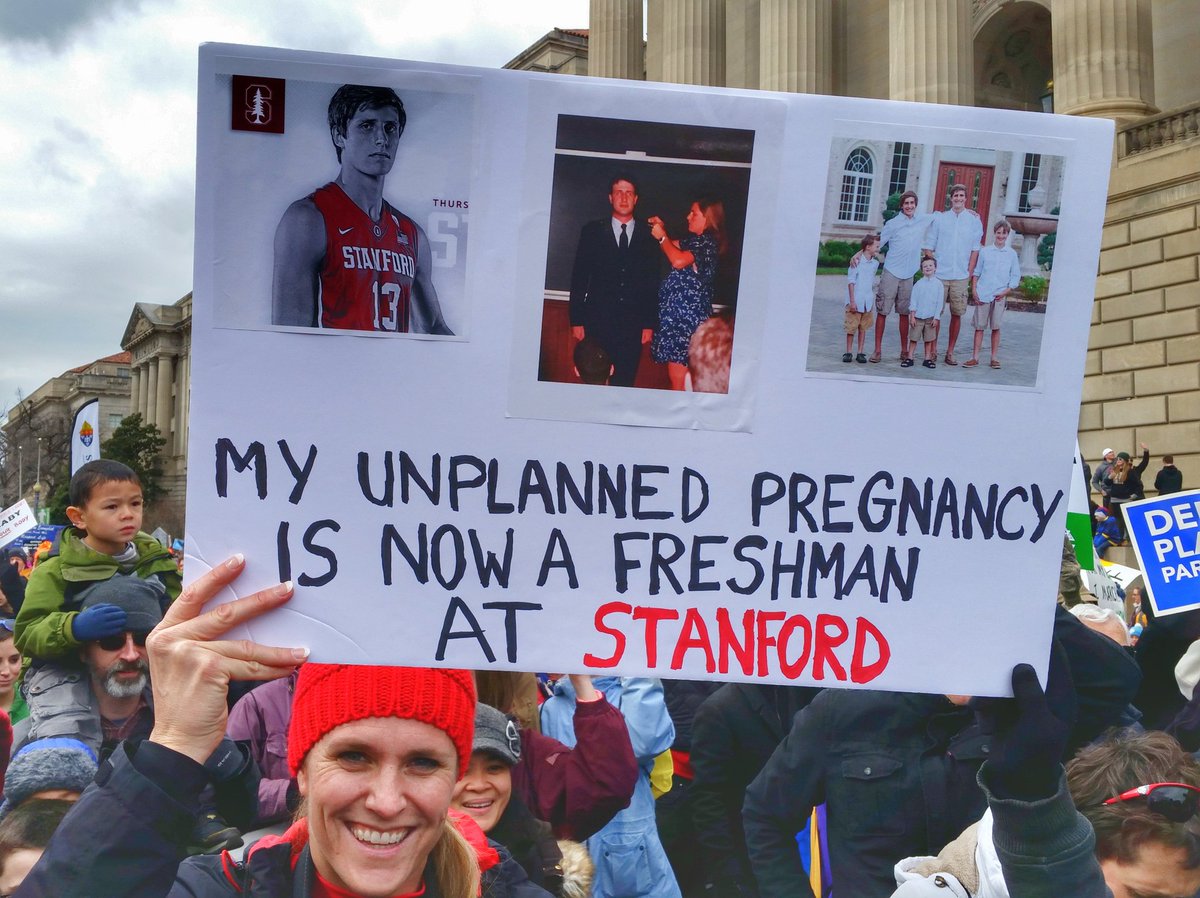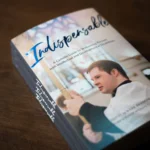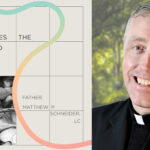I wrote an article on evangelizing online on Homiletic & Pastoral Review about how to evangelize online.
The Internet has now opened up as a wide field for our evangelization. Much of the cultural interchange now takes place via such electronic means. The Church is called to step out into every new forum and evangelize it, yet for the online forum what would mainly have is individual examples and not a systematic application of existing offline models into the online world.
As someone who has been involved in this world, I’ve seen a lot of people try, and some of them succeed. I built up a following of 40,000 on Twitter by understanding its dynamics, and realizing in what respects it is the same as, and different from, other methods of human communication. I was always a bit of a tech geek: in the 80s I was writing elementary book reports on an old Turbo XT, and even studied two years of computer engineering before switching to become a Catholic priest. I was into religious stuff online back in the mid to late nineties. I intuitively grasped different ways that people were evangelizing online. But upon recently reading a book on models of evangelization, I find I have a concrete schema to categorize the main ways in which I see this happening.
In The Great Commission, Timothy E. Byerley presents six models of evangelization in American Catholicism. Along with explaining each model, Byerley presents historical examples of each model, and ideas for their application today. However, other than one mention that new technological means of preaching need to be used at the end of the proclamation model, he does not mention evangelizing via the Internet. This essay is an attempt to fill that gap by adapting each of his models online.
Each model will follow the same basic structure: a brief summary of the model, suggestions for how each model can be applied online, and a person or group evangelizing using that model online. Some models are obviously more easily transferred than others—it is a whole lot easier to preach than to distribute meals to the homeless online.
The examples I picked present one way this is being done today, but there are three important caveats: like examples in Byerley’s book, most evangelization mixes these models; I try to show various platforms rather than focusing on one; and I chose examples for clarity of the model, not necessarily the best at that model.







